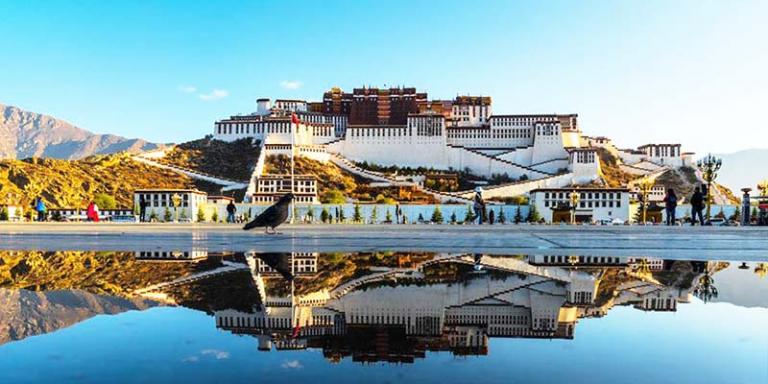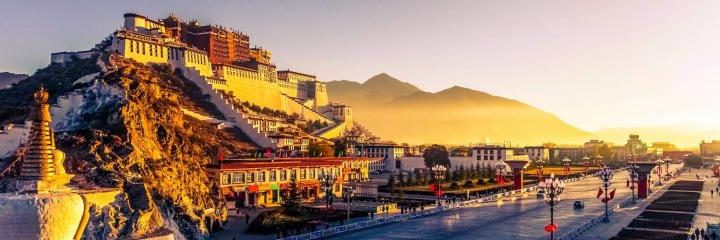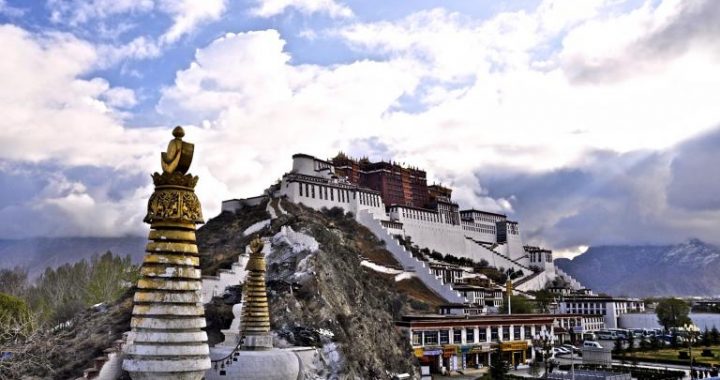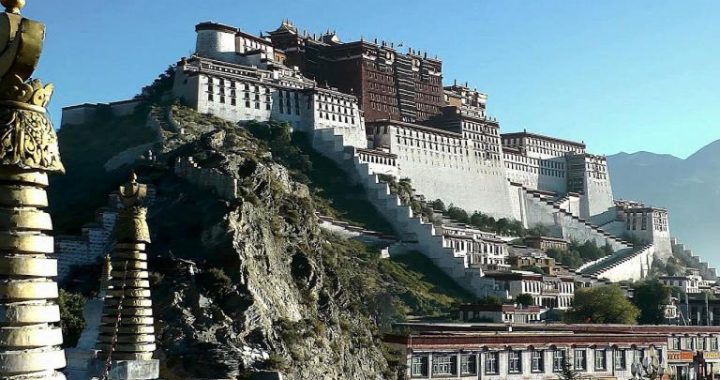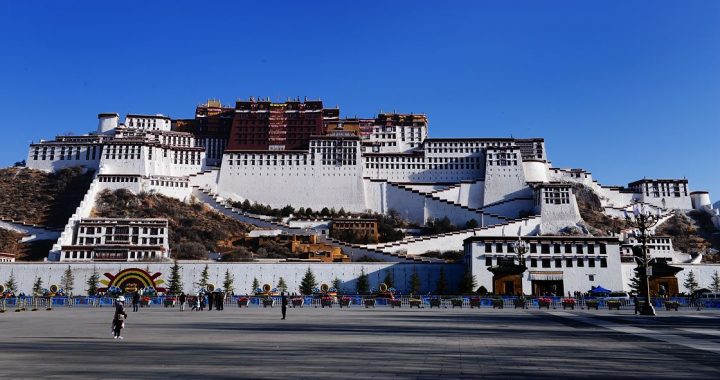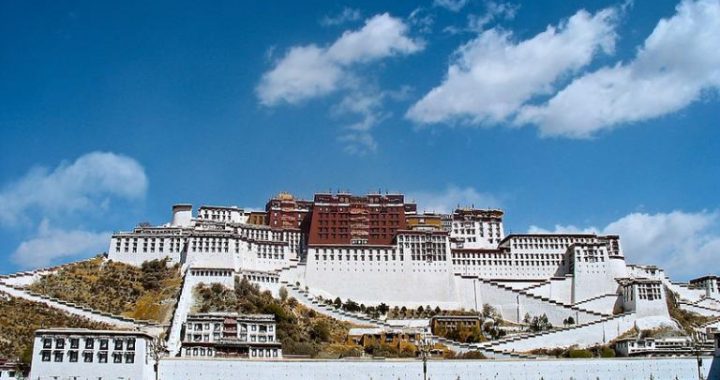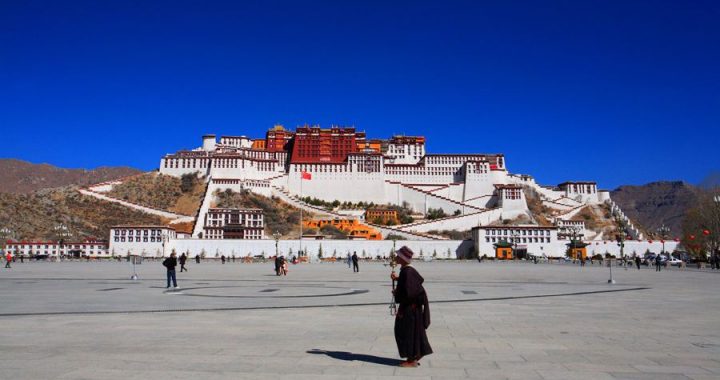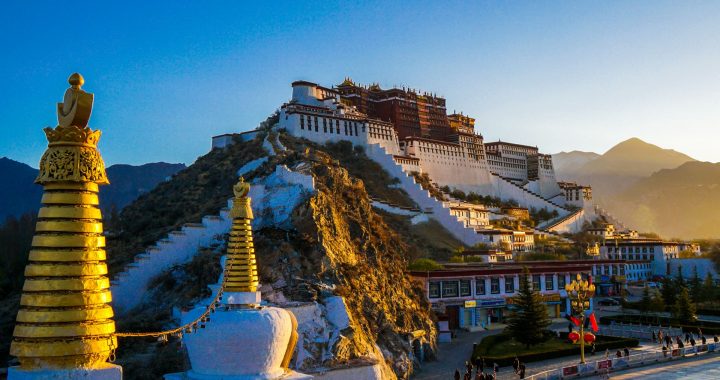Potala Palace
2 min readPotala Palace is the existing lar gest and the most complete Tibetan castle building cluster in China. It towers on Red Hill in the center of Lhasa, the capital of Tibet. It used to be Dalai Lama’s Winter Palace and the hub of the Tibetan regime and religious center The main body of Potala Palace falls into White Palace and Red Palace. White Palace is the place where Dalai Lama spent daily life and exercised political power. Red Palace was used for major religious events. From afar, White Palace towers over mountains, which is majestic. The golden dome of Red Palace stands upright. The whole building is grand and solemn with mystery.
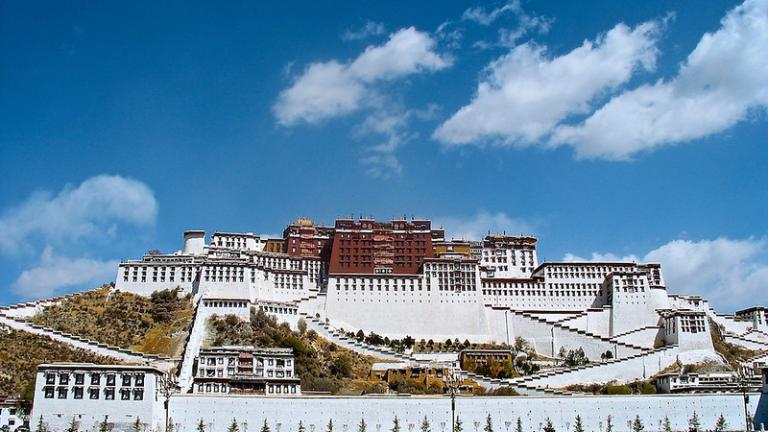
Potala Palace is brilliantly decorated, which not only has Han-style architectural components, but also strong Tibetan characteristics.
The highest point of White Palace is up to 7 layers. East highest layer is Dalai Lama’s resting palace. In the east hall, Dalai Lama enthroned, took over the reins of government upon coming of age and held other major ceremonies. In addition, it also has the temple of monks chanting, monk officer school, monk dormitory, etc.
Red Palace seems to consist of 13 layers but actually consists of nine layers with height of 117.2 meters. Eight stupas are enshrined in Red Palace, including true bodies of successive Dalai Lama. The highest point of Red Palace is a brilliant golden dome, which is fully gilt with gold on copper body.
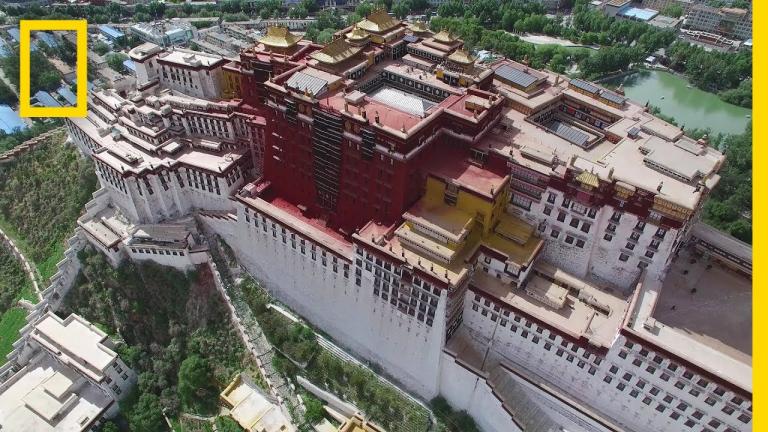
Meaning of “Potala Palace”
“Potala” is Mongolia transliteration of “Putuoluojia” (incarnation place of Avalokitesvara) in Sanskrit, which means “Putuo Mountain, a Sacred Place of Buddhism”. The Buddhism classics tell that the third place of Putuo Mountain is Potala in Tibet. In Tibetan Buddhism, Avalokitesvara is a kind and masculine man. Believers of Tibetan Buddhism regarded Songtsen Gampo as incarnation body of Avalokitesvara, and named his palace as “Potala”.
Dalai Lama and theocracy
“Dalai Lama” is one of appellations for two Living Buddha reincarnation system in Dge-lugs-pa of Tibetan Buddhism. The other appellation is “Panchen Lama”. Dalai Lama is a Mongolian word, which means “sea”. In Tibetan Buddhism, Dalai Lama is considered as incarnation of Avalokitesvara. Tibetan Buddhism spread in Tibet had political overtones from the start. Since then, local rulers and the Central Department of the successive dynasties exerted religious force and administered Tibet. In the Qing Dynasty, Dalai Lama and Panchen Lama were religious leaders, who were in power as authorized by the Imperial Court.
